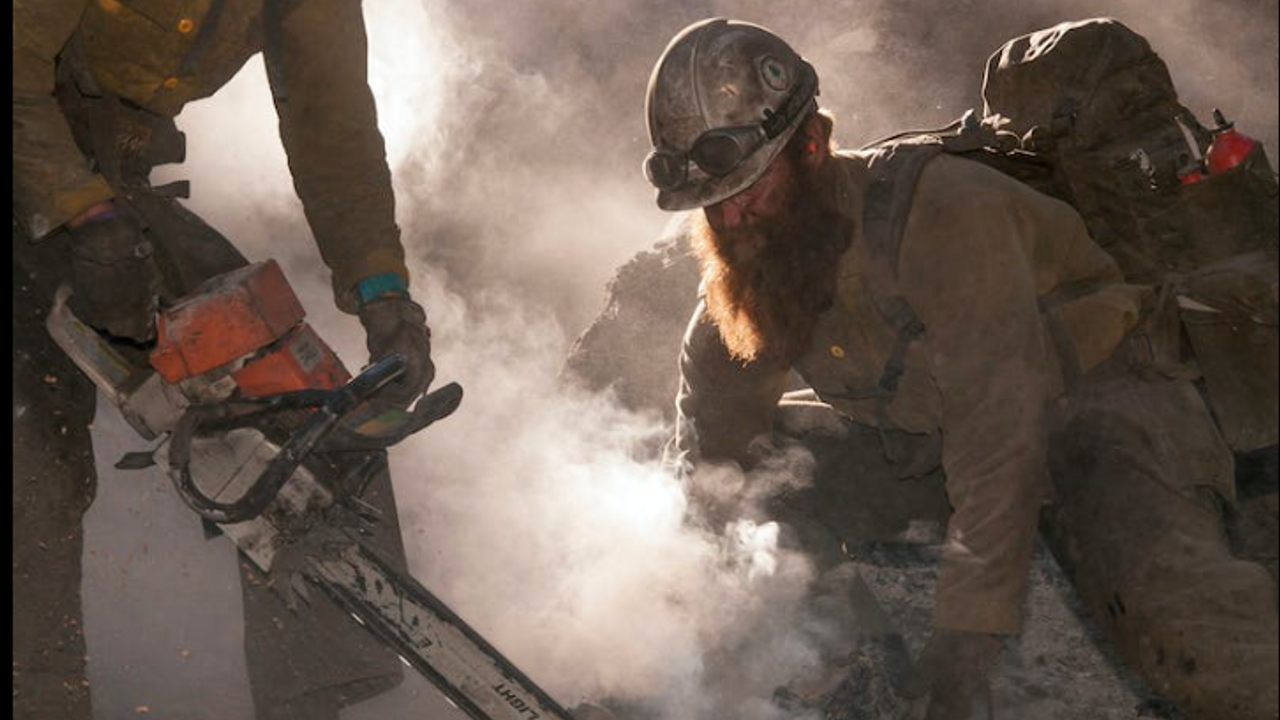Welcome to Our Blog
Here are our latest articles
Knee Joint Training: Start Here
What is the Knee Joint?
The knee joint is the space (i.e., joint space) where the thigh bone (i.e., femur) articulates to the shin bone (i.e., tibia). It is a hinge joint, which means: the thigh bone...
Big Toe + Ankle Joint Training: Start Here
What is the Hip Joint?
The big toe joint is the space (i.e., joint space) where the big toe bone (i.e., proximal phalanx bone) articulates to the foot bone (i.e., metatarsal bone). It is a hinge join...
Elbow Joint Training: Start Here
What is the Elbow Joint?
The elbow joint is the space (i.e., joint space) where the arm bone (i.e., humerus) articulates to the forearm bones (i.e., radius and ulna). It is a hinge joint, which means...
Hip Joint Training: Start Here
What is the Hip Joint?
The hip joint is the space (i.e., joint space) where the thigh bone (i.e., femur) articulates to the pelvis (i.e., acetabulum). It is a ball-and-socket joint, which means: the ...
Shoulder Joint Training: Start Here
What is the Shoulder Joint?
The shoulder joint is the space (i.e., joint space) where the arm bone (i.e., humerus) articulates to the shoulder blade (i.e., scapula). It is a ball-and-socket joint, wh...
Lumbar Spine [Low Back] Training: Start Here
What is the Lumbar Spine?
The lumbar spine is the bottom section of your spine located between the thoracic spine (i.e., mid-back) and the tailbone. It consists of five vertebrae, labeled L1-L5, that...
Thoracic Spine [Mid Back] Training: Start Here
What is the Thoracic Spine?
The thoracic spine is the middle section of the spine located between the cervical spine (i.e., neck) and lumbar spine (i.e., low back). It consists of 12 vertebrae, label...
Cervical Spine [Neck] Training: Start Here
What is the Cervical Spine?
The cervical spine is the portion of the spine that runs from the base of the skull down to the shoulders. It consists of seven vertebrae, labeled C1-C7, that are stacked ...
Case Study-Neurological findings in the hips and how to treat them using neurological mechanisms in a clinical setting.

In a recent case, I had a client come in for a hip assessment.
While testing their fundamental joint range of motion (internal & external rotation) we discovered neurological tightness (NT) bilateral...
Wildland Firefighter Performance Training - Hotshots & Smokejumpers

Wildland Firefighter Performance Training — Hotshots & Smokejumpers
With fire season having recently ended, I wanted to showcase an underappreciated group of individuals. A special forces team of fir...


